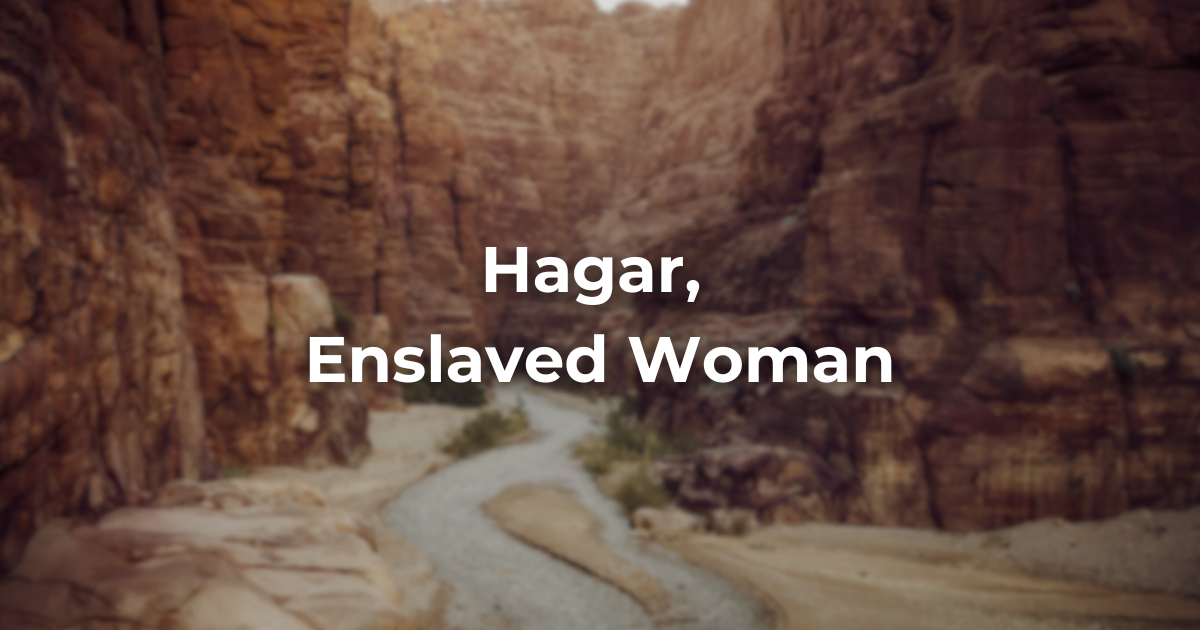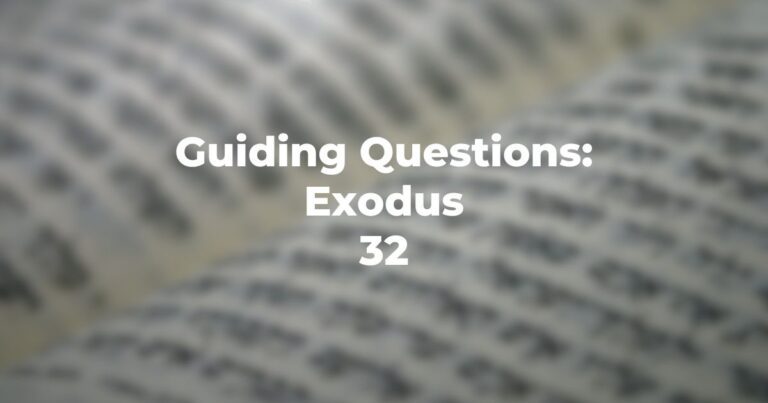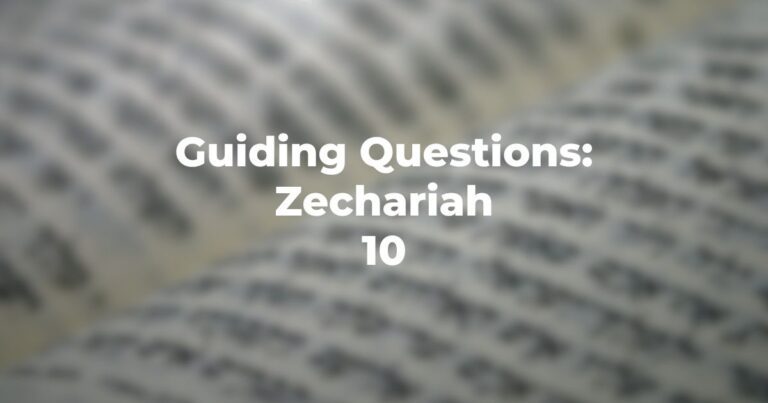This piece is part of Exploring Judaism’s 5785 High Holiday Reader. Download the whole reader here.
Traveling recently on a Racial Justice Pilgrimage of leaders of the Conservative/Masorti movement, I visited a remarkable place called the Whitney Plantation. The Whitney is one of a large number of extant plantations – former slave-labor camps where enslaved Black Americans were forced to work.
Unlike the plantations that are maintained as event venues without regard to their history, Whitney has been transformed into an educational center whose mission is to educate the public about the history and legacies of slavery in the United States. Visitors deconstruct romanticized versions of what plantation life was like, take in the depth of depravity of the system of slavery, and read first-person accounts of the experiences of enslaved people.
The visit was a life-changing experience, emotionally akin to visiting a Holocaust museum. I “heard” the voices of the slaves describing beatings and unimaginable cruelty. I imagined them trying to flee or despairing of the impossibility of doing so. I pictured children growing up, deprived of their human birthright. Months after our visit, I still think of Whitney when I am reminded of the reality of slavery. My experience there cannot help but impact how I read TorahRefers to the first five books of the Hebrew Bible, the Tanakh, also called the Five Books of Moses, Pentateuch or the Hebrew equivalent, Humash. This is also called the Written Torah. The term may also refer to teachings that expound on Jewish tradition. Read more.
On the first day of Rosh Hashanah, we read Genesis Chapter 21, the second part of the story of Hagar and Ishmael. In the first part, in Genesis 16, Sarai (before her name change) had given “Hagar the Egyptian,” her maidservant, to Avram as a “wife” (“isha”), often translated as “concubine.” Sarai seems to have appointed Hagar as a kind of surrogate mother, since she herself could not bear Avram’s child. But the text tells us that, after becoming pregnant, Hagar was disdainful of Sarai. Sarai was hurt and angry and verbally abused Hagar. Hagar, pregnant with Ishmael, fled into the wilderness.
In Chapter 21, the Rosh Hashanah reading, Sarah and Abraham (ages 90 and 100) celebrate the miraculous birth of their son Isaac. One would have thought that Sarah’s desperate pain about her infertility would have been eased now that she had a child of her own. But the text tells us that she sees Ishmael, son of “Hagar the Egyptian,” “playing.” (Many commentators strangely understand this to refer to a sexual assault, perhaps to justify Sarah’s extreme response.)
Sarah, enraged, demands that Abraham cast out Hagar and Ishmael. This time, Sarah refers to Hagar as “ha’amah hazot,” “that slave woman.” Hagar and Ishmael are sent away with just a bit of food and water. Hagar cries out desperately as she sees her son dying, until miraculously, God calls out to Hagar and promises that her son, too, will be blessed.
Reading this text with a heightened awareness of the realities of slavery, a new level of meaning reveals itself to me. The text variously refers to Hagar as a “shifcha” (usually translated “maidservant”), “isha” (in the sense of “concubine” to Avram), and, most strikingly, “amah” (generally the feminine form of “eved” or slave, as in Exodus 20:10, Leviticus 25:6, and Deuteronomy 5:18, to name just a few examples). Consistently, Hagar is referred to as “Hagar the Egyptian.” She may be darker-skinned; she is definitely “other.”
Imagine that, consistent with the mores of the time, Avram and Sarai had slaves. Laws articulated later in the Torah assured that slaves would be treated with somewhat more fairness than in non-Israelite societies, but they were still slaves. In our text, Hagar’s body is used to assuage Sarai’s pain over infertility, and then when Hagar has feelings about her ability to conceive, she is abused for it. Back in the household, Hagar is distinctly inferior, as is her son, Ishmael, despite Abraham’s mixed feelings. Sarah casts out Hagar and Ishmael to face certain death in the wilderness. But for divine intervention, that would have been the end of their story.
I now picture Hagar as a young, enslaved woman, working from morning till night to please her masters, without agency or dignity. I imagine her being fed and housed in the slaves’ quarters, not in the generous home of her masters. I ponder Ishmael’s status as the son of the master and his enslaved sexual partner. And so, when discomfort arises in the household, it becomes clear that he is inferior and expendable.
When Hagar is sent out into the wilderness, I picture an enslaved mother and child fleeing from their masters, knowing that they will face savage beating or death if caught. Yet their courage and desperate desire for freedom move them to take the ultimate risk. Somewhere inside, they know that they deserve better and dream of being treated as fully equal human beings. And perhaps they believed that God would protect them from harm.
To be clear, I share this reading of the text not to indict Abraham and Sarah. I visualize our ancestors Abraham and Sarah as people of their time — spiritual exemplars in some ways but ordinary humans in others, blinded by the constructed social assumptions of their time. Also, in Torah law, enslaved Israelites were essentially indentured servants, not permanent chattel, as in American slavery. (Non-Israelite slaves were, in fact, treated as the owners’ property.) Much later in Jewish history, the Rabbis contracted the category of slavery further, eventually abolishing it altogether.
Rather, I share this reading to encourage all of us to wake up when we see language and law related to slavery in our Torah. We must not envision slavery merely as an ancient mythic category, like the enslaved people pictured in Hollywood movies. When we see evidence of slavery in the Torah, we must pause and experience the horror of it and be reminded that we are called to eradicate every vestige of it from the society in which we live. As we learn from racial justice attorney Bryan Stevenson and the Equal Justice Initiative, slavery never fully ended in our country. It morphed into other forms, including racial terror and lynching, segregation, and the mass incarceration of people of color in our own time.
This Rosh Hashanah, the Hagar story raises searing contemporary questions for each of us to consider. Who is the Hagar of today? How is she treated? Who will intervene and save her from her masters’ cruelty?
May these sacred Days of Awe lead us to understand more deeply and act more forcefully on behalf of those enslaved and marginalized in our own society.
Authors
-
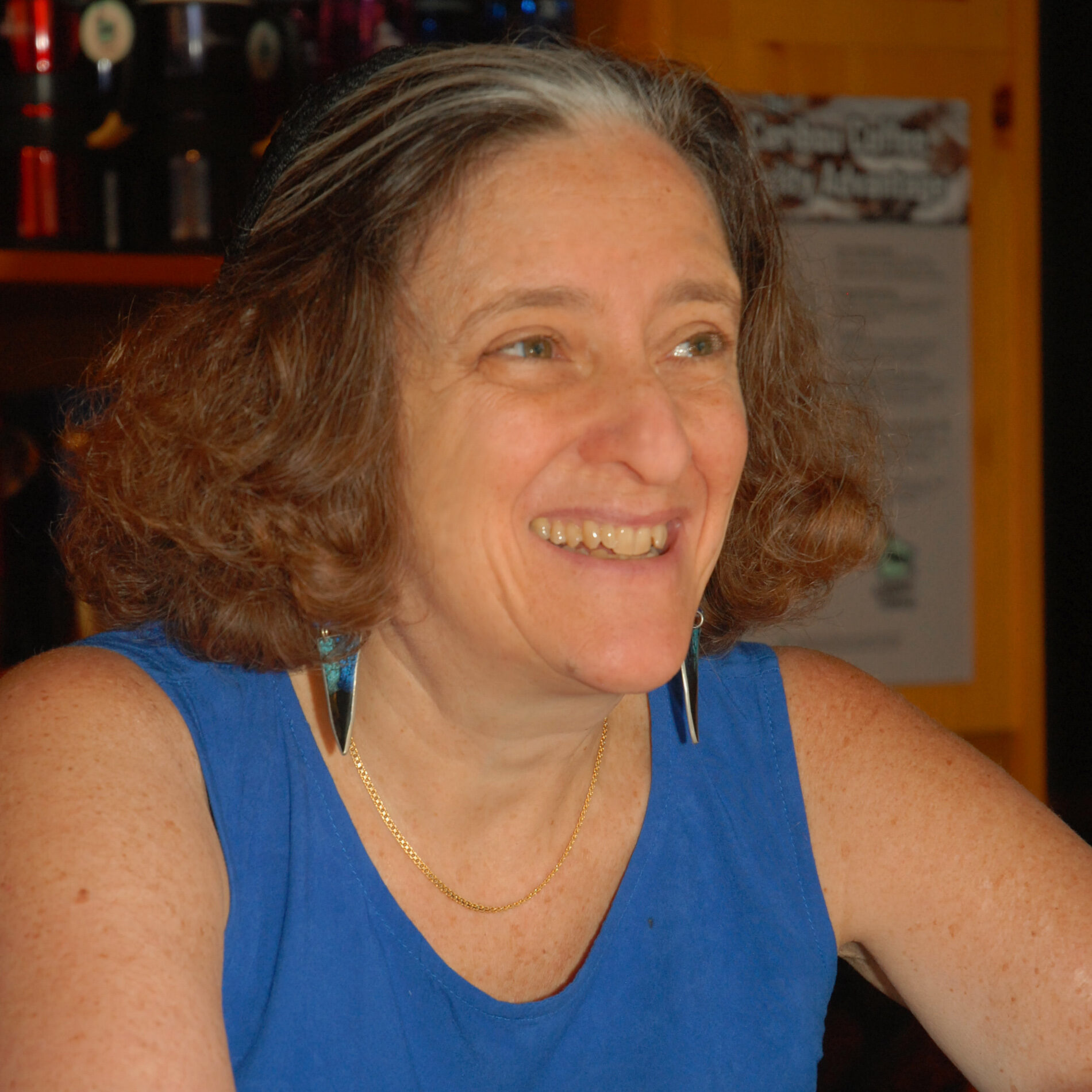
Rabbi Amy Eilberg is the first woman ordained as a Conservative rabbi by the Jewish Theological Seminary of America. She serves as a spiritual director, peace and justice educator, and teacher of Mussar (a classical Jewish system of spiritual development). Her community work includes serving as chair of the Racial Justice Subcommittee of the Social Justice Commission. Her book, From Enemy to Friend: Jewish Wisdom and the Pursuit of Peace, was published by Orbis Books in March 2014. She is married to Louis Newman, is a devoted mother of three adult children and grandmother of three extraordinary
View all posts
grandchildren. -
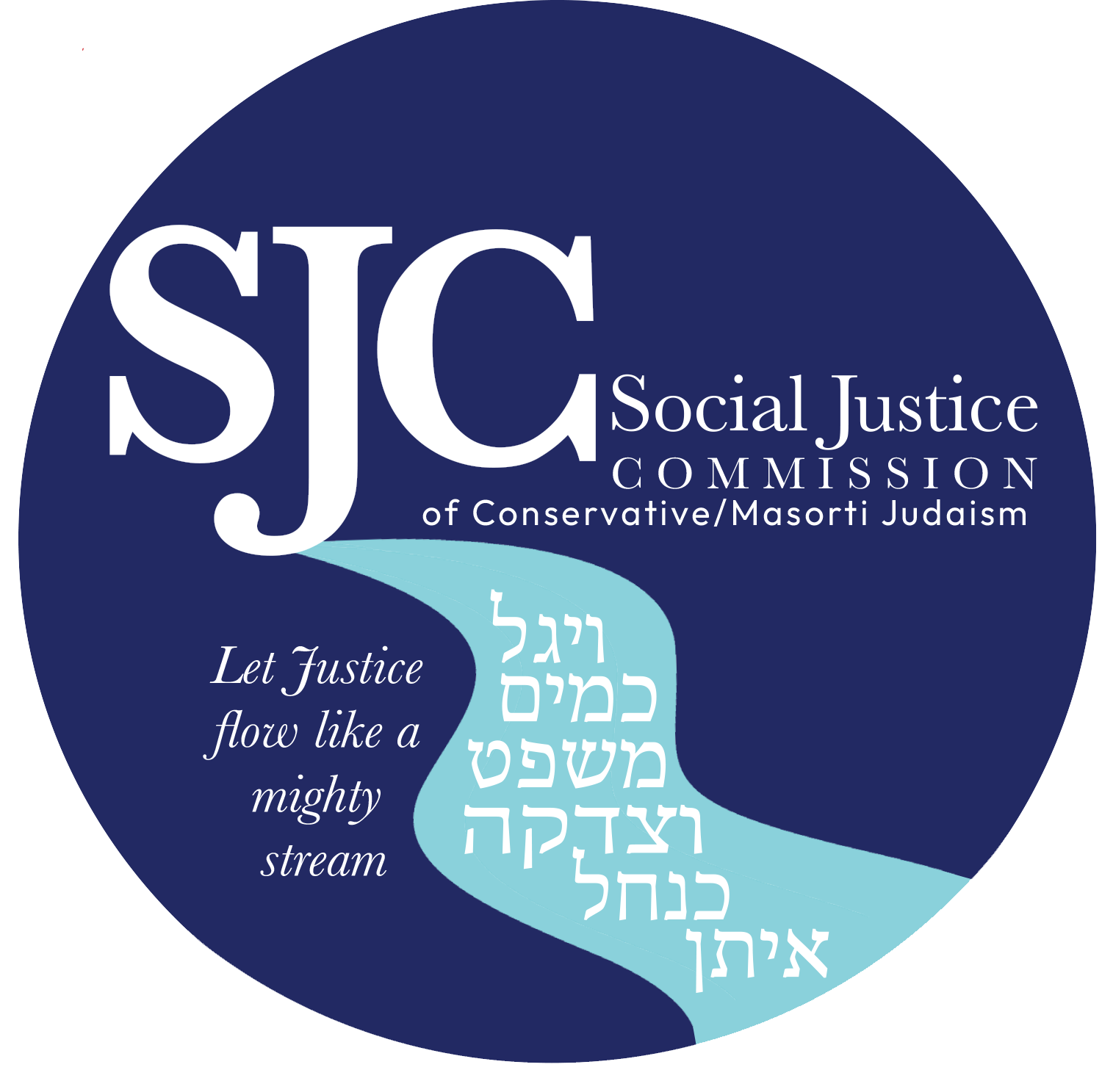
Serving as a central address within the movement, the Social Justice Commission (SJC) works through consensus to evolve a vision of social justice through the lens of Conservative/Masorti Judaism. We strive to educate, advocate, and organize around the issues of today, articulating that acts of social justice are mitzvot.
View all posts https://www.rabbinicalassembly.org/webform/social-justice-committee-mailing-list

